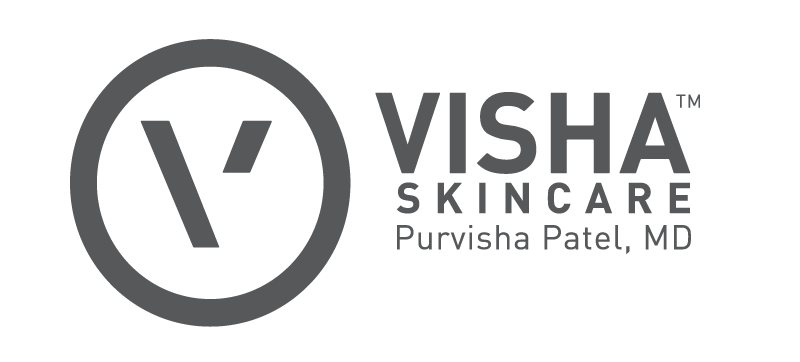
We spend a lot of time on our skin, trying to find the best products at the lowest prices and cultivating a routine that works with our lifestyle and skin type. All this effort, however, goes to waste if you put your skincare products on in the wrong order. Putting on products in the wrong order can make even the most luxurious products useless. To make sure you aren’t wasting your products, time, or money, follow each step in the skincare process in the following order.
1. Cleanse
Skincare experts agree that cleansing should always be the first step in your routine. Cleansing removes pollutants on the skin’s surface. Without cleansing, you would be putting other products on a layer of oil, sebum, and dirt, making them ineffective. For those who like to double cleanse (which is using both an oil-based and water-based cleanser), always start with the oil-based products first. This gives skin a deep clean right from the start, giving you the freshest face on which to put the rest of your products.
2. Exfoliate
The next step in your skincare routine should be exfoliating. Now that your face is free of external pollutants, give skin a deeper wash that cleansers can’t achieve. Exfoliating helps break down and scrub away dead skin cells to reveal fresh, new skin. Good exfoliants should also unclog pots, which prevents difficult-to-treat acne like blackheads. Be careful not to exfoliate too often, though. Exfoliators, especially physical exfoliants with beads or seeds, can scratch and damage the skin if you do it too much. Exfoliating two or three times a week should suffice depending on your skin type and the weather.
3. Toner
Toning is a multi-faceted process that can kill a lot of birds with one stone. Firstly, toner removes all leftover traces of cleanser—one last clean if you will. This is why some people consider toning optional. However, toners can also restore the pH balance of your skin and tighten pores, which is why it should be done after cleansing and exfoliating. Toning makes it more difficult for environmental contaminants to penetrate pors, which prevents acne and keeps your face cleaner longer.
4. Serum
Now that your skin is prepped, it’s time for the fun stuff. Serums can accomplish anything from reducing inflammation and redness to minimizing wrinkles to fighting hyperpigmentation. Serums often contain a complex slew of antioxidants, vitamins, and other natural ingredients that revitalize skin in all kinds of ways. Most serums are formulated for a specific goal, so it’s common to have multiple serums in your routine. If you do use more than one, apply them from lightest (most watery) to the thickest (oily).
5. Moisturize
Like cleansing, it is definitely not okay to skip this step. Moisturizing is essential because it helps your skin retain moisture, which is what makes it look dewy and healthy. You should always apply your moisturizer after serums. Applying moisturizer beforehand can block the serums from your skin and prevent them from working their magic. Likewise, serums will wash moisturizer away if you apply them in the wrong order. Moisturizers are thick, so putting them on last helps them lock in everything you’ve already applied.
6. Sunscreen
Last but definitely not least is sunscreen. You should always be wearing sunscreen, winter or summer, rain or shine. Sunscreen is the final protective layer that sits atop the rest of your products and keeps your skin from sun damage. Wearing sunscreen prevents visible aging, like sun spots and wrinkles. You can’t skip it! It goes on last so that it won’t interfere with your other products, and works best when it’s the outermost layer.
